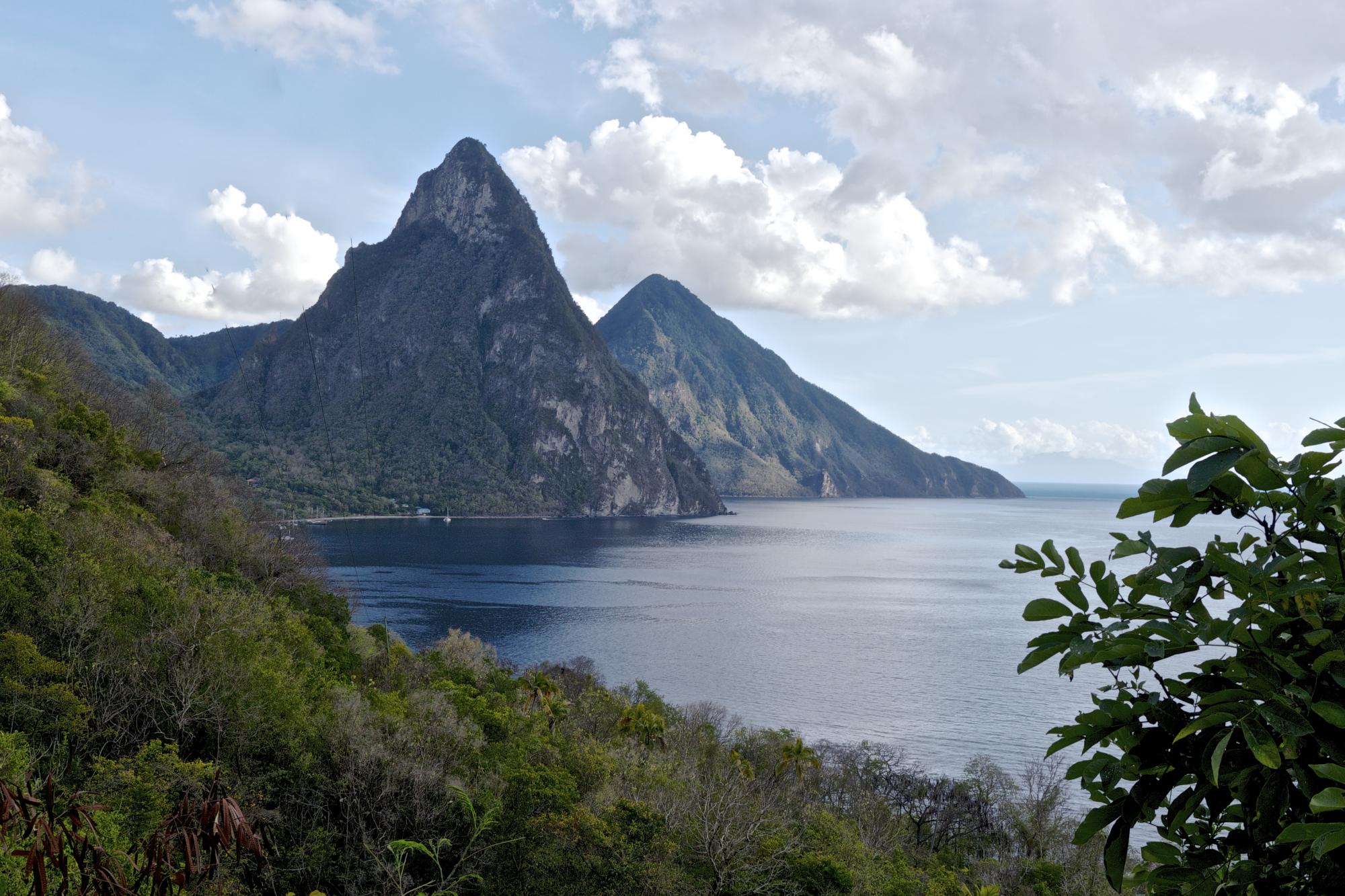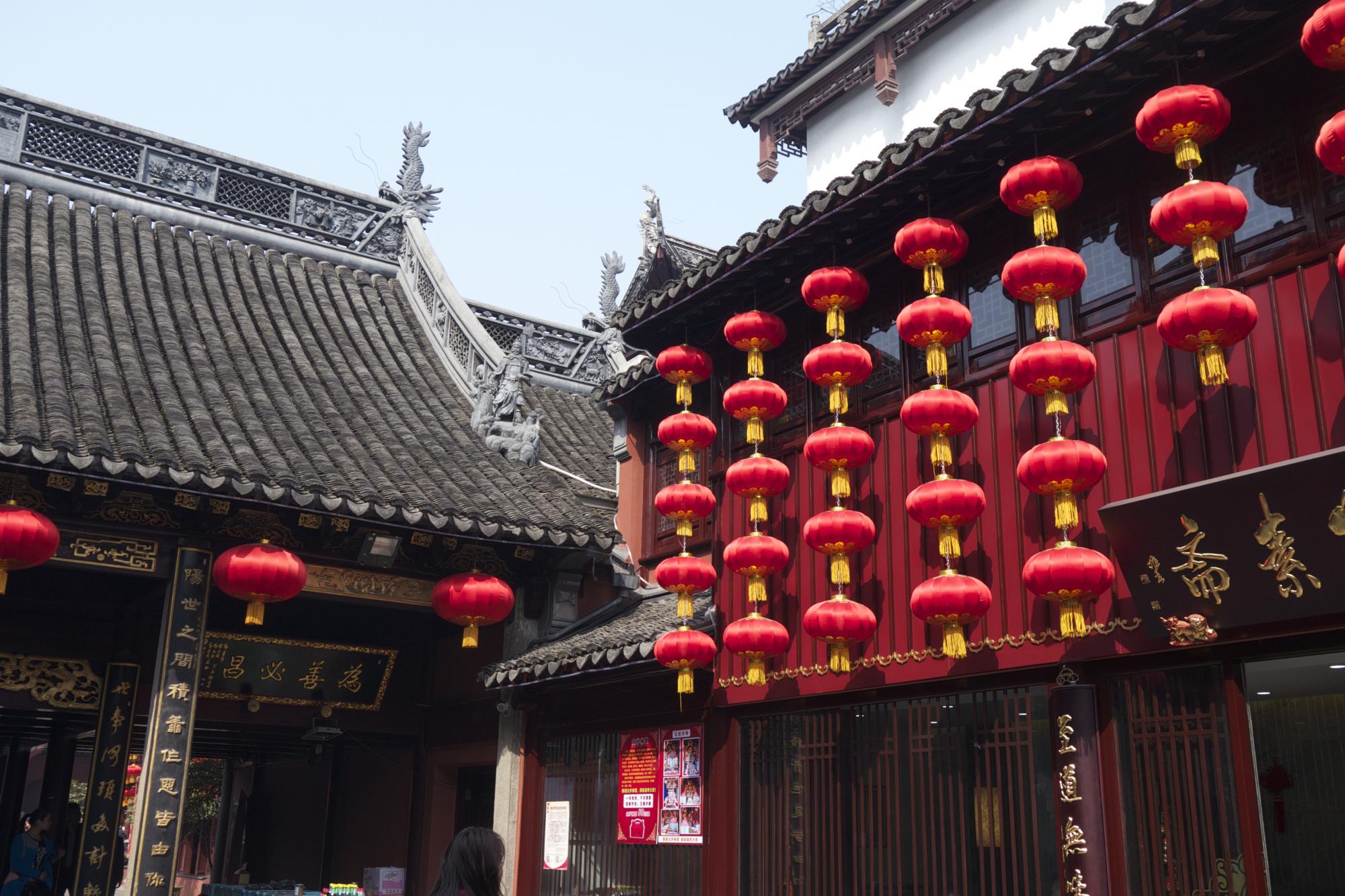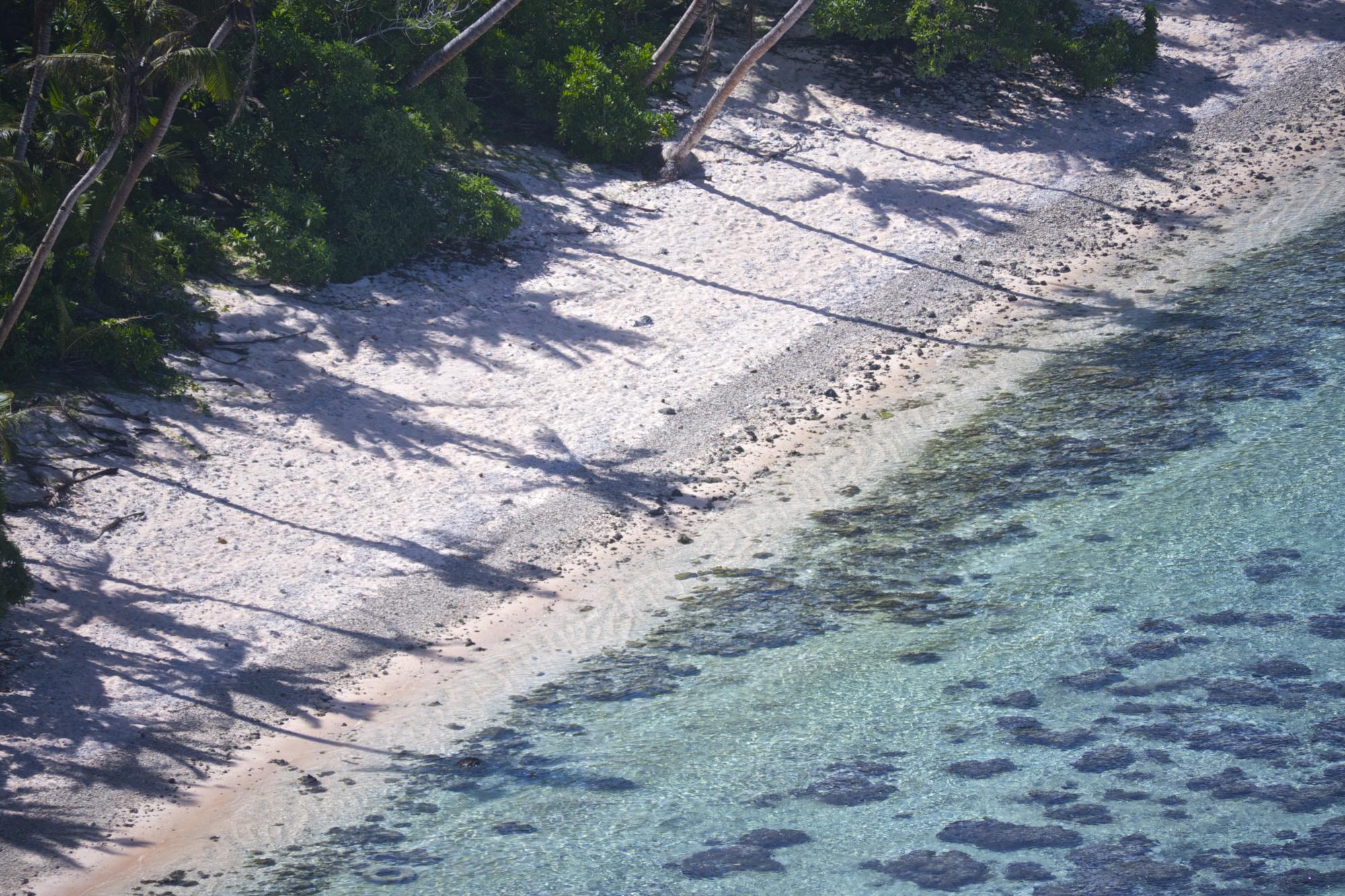
Exploring Tumon Bay in Guam
This past March, I had the opportunity to visit Guam on a layover. I knew next to nothing about the island’s history and culture before visiting, and even less about what there was to do there. But I was curious about Guam ever since my vacation to neighboring Palau, so I was thrilled when I was able to pick up an eight-day work trip around Asia that included a short pitstop in the tiny US territory.
Omitted from our history books and given such little mention that some Americans don’t even know it exists, Guam remains virtually forgotten.
To be fair, Guam is tiny. And, in the middle of the Pacific Ocean–closer to the Philippines and Indonesia than it is to the mainland United States–is not where one would expect to find the US territory where America’s day begins.
Still, I found the fact that so few Americans have even heard of Guam, let alone visited, a difficult fact to comprehend. For the tiny island is blessed with all the recipes for a relaxing vacation–lush green forest, soft sandy beaches and turquoise waters teeming with marine life.
My layover in Guam was brief. With only sixteen hours on the island, I had to divide my time between sleep and sightseeing, so I went to bed as soon as I checked into my hotel and woke up at about eight the following morning. After grabbing a bite to eat at the popular Pika Cafe in Tamuning, I jumpstarted my half-day of exploration.
My first stop was a visit to Two Lover’s Point–a clifftop lookout with breathtaking views of the island’s white sand beaches and coral reef. Like the Chamorro version of Romeo and Juliet, the story behind the lookout tells of two forbidden lovers who plummeted to death over the limestone cliffs.
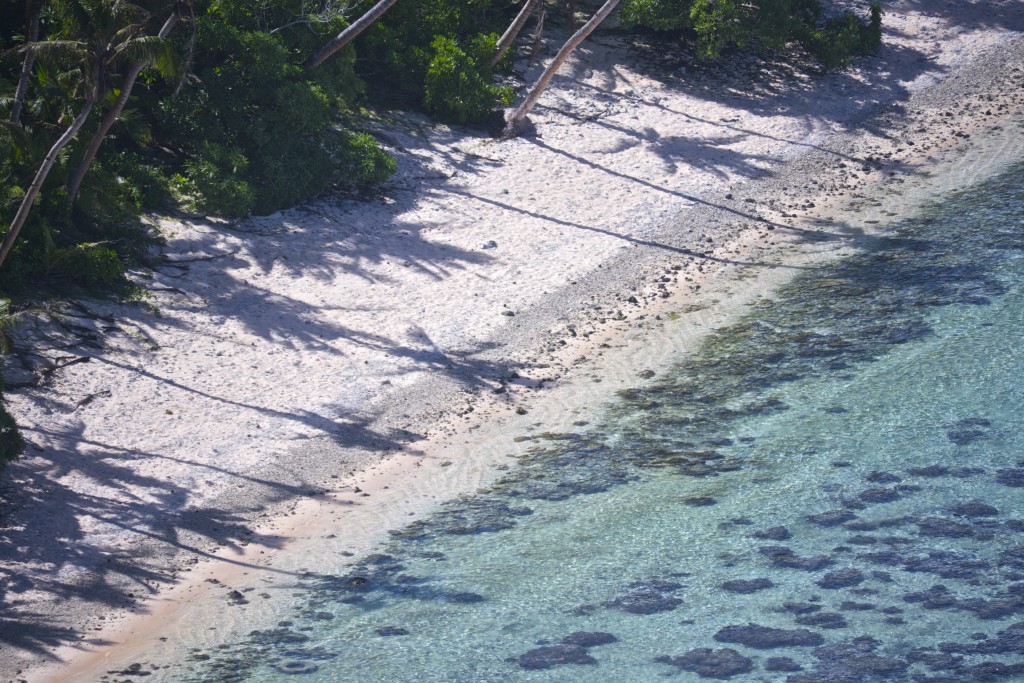
Views from Two Lover’s Point are stunning. Deep sapphire water extends in three directions, met by rolling emerald hills. I could see palm-lined beaches of inviting white sand and the ocean’s patchwork of blues and greens.
Lying beyond the empty stretches of beach, I could see the hotels and high-rises of Tumon Bay—a crescent of powdery sand that is home to many of the popular resorts on the island.
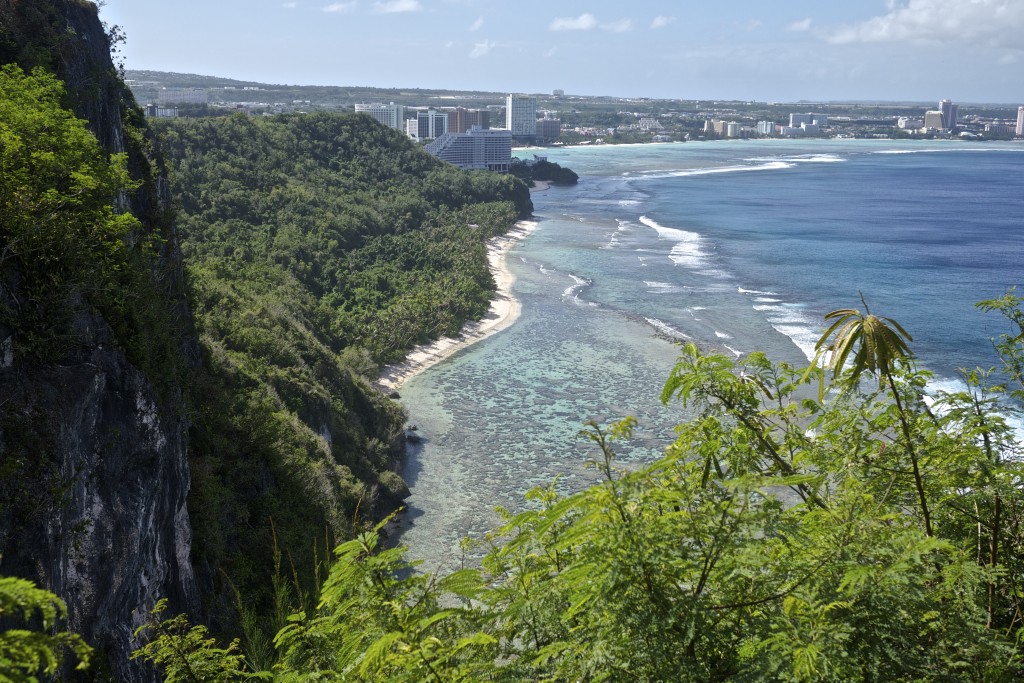
After walking back to my hotel from Two Lover’s Point, I opted to rent snorkel equipment and divide my time between lounging in the sand and admiring the tropical fish in the offshore reef.
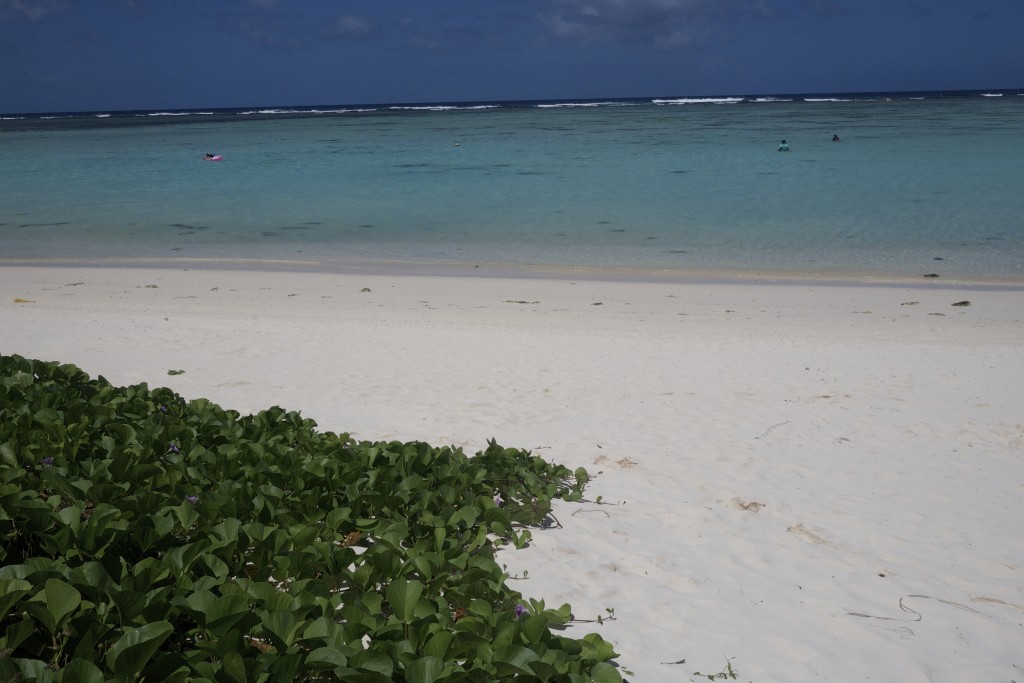
Since I knew very little about Guam before my layover, I used my visit as an opportunity to brush up on the island’s history. Like Palau, Guam has been tossed around from hand to hand—from the Spanish to the Americans to the Japanese and back to the Americans—and exploited for its strategic position in the Pacific theater.
In over a century of United States rule, the Chamorro people have never had an opportunity to decide their political status and, while the population has been granted US Citizenship, its residents are barred from voting in US general elections and are denied some of the basic rights granted to citizens of the US mainland.
Today, Guam remains an unincorporated territory of the United States and contains a naval base for the US military.
Due to the island’s naval base, members of the US military are everywhere. American civilian tourists, however, are few and far between.
I suppose that Guam’s isolation and remote location are the reasons that few travelers from the fifty states choose to visit the far-flung American territory in the middle of the Pacific. With the larger, more popular and more accessible Hawaii just a plane hop away, Guam flies largely under the radar.
Yet, while I was hard-pressed to find any non-military Americans on my flight to Guam, I was surprised to see that the Micronesian island is very much on the tourist trail for Japanese travelers. Deemed as the “Poor Man’s Hawaii,” Guam is a budget alternative to the upscale islands of the Aloha Sate. There are dozens of flights a day between Japan and Guam and, to my knowledge, they are always full. This constant influx of Japanese tourists has led some people to liken the island to a Japanese theme park.
As I walked up and down the stretch of sand at Tumon Bay, I could certainly see why. Camera-toting, selfie-taking tourists were everywhere.
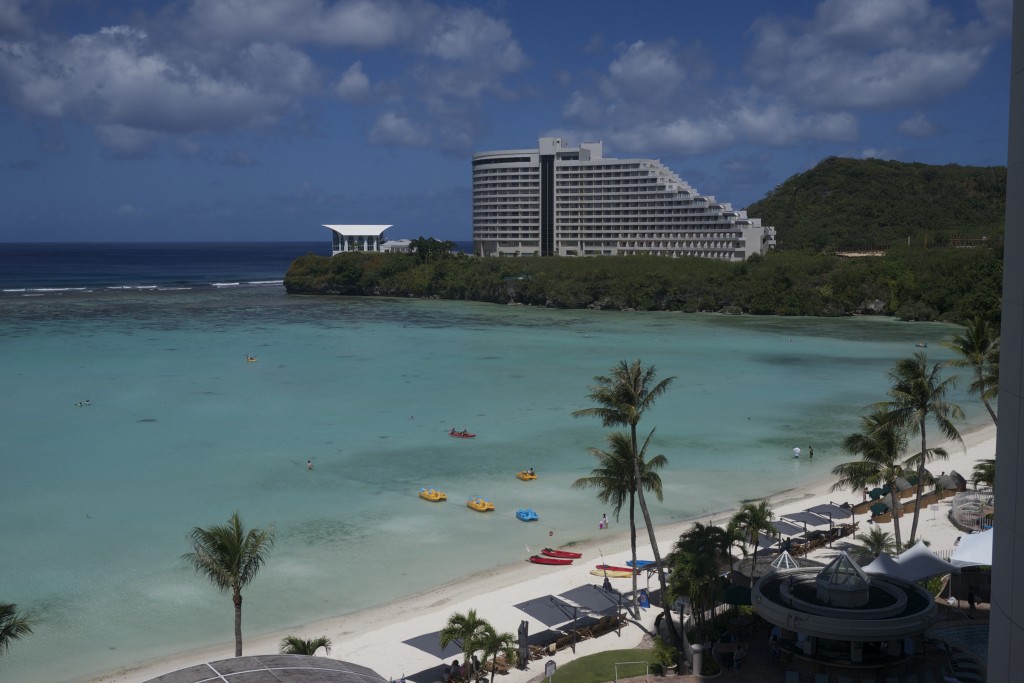
Had I had more than sixteen hours in Guam, I would have likely strayed away from the touristy beaches of Tumon Bay and discovered corners of the island that have largely avoided the onslaught of development and hotel construction. I’ve heard that away from Tumon Bay, in places like Coco Beach and Ratidian Point, tour groups and hotels can be few and far between.
Yet, with only sixteen hours on Guam, I figured that staying around the crescent of perfect beach at Tumon Bay would be the best way to maximize my time and savor the warm, Pacific sun without feeling rushed.
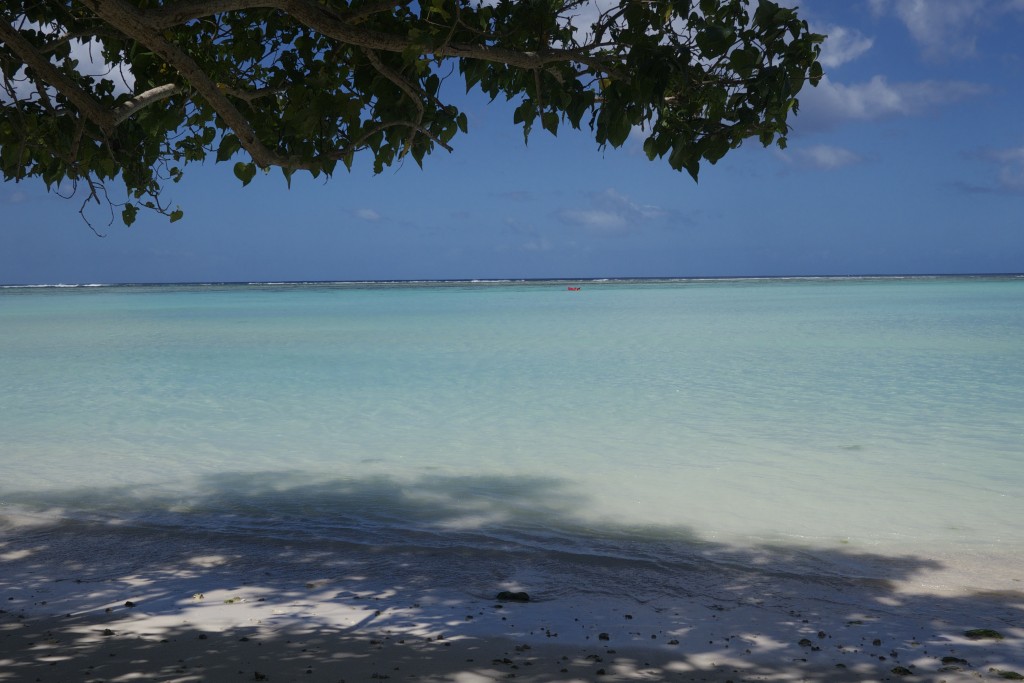
Time and time again, I’d heard my colleagues tell me that there is nothing to do in Guam and that the island is boring and ugly in comparison to its more famous Pacific neighbors.
But, as with so many other places, I let my layover prove them wrong.
Even if I was not able to do everything I would have liked, my brief stay on the island was the perfect antidote to the megacities of Shanghai and Tokyo that I visited on either end of the layover, for it gave me the opportunity to snorkel with tropical fish, swim in the warm Pacific waters and soak in the bliss and tranquility of island life.
What better way to spend a day at work?
